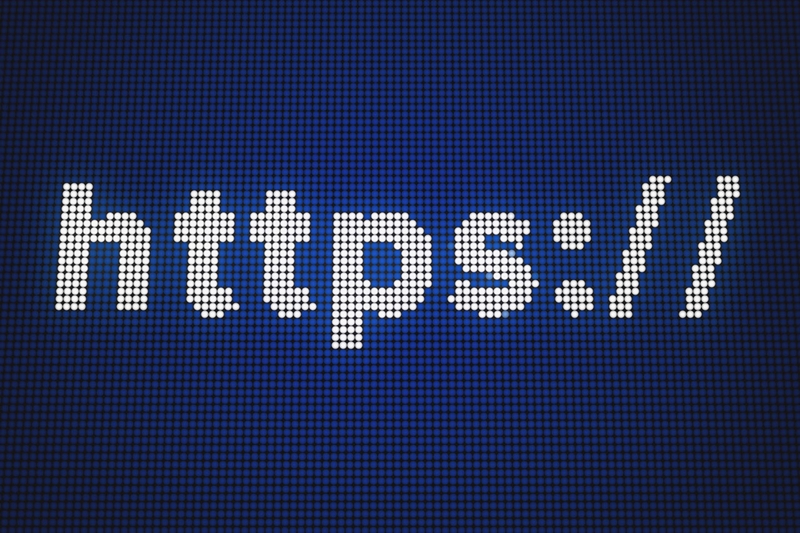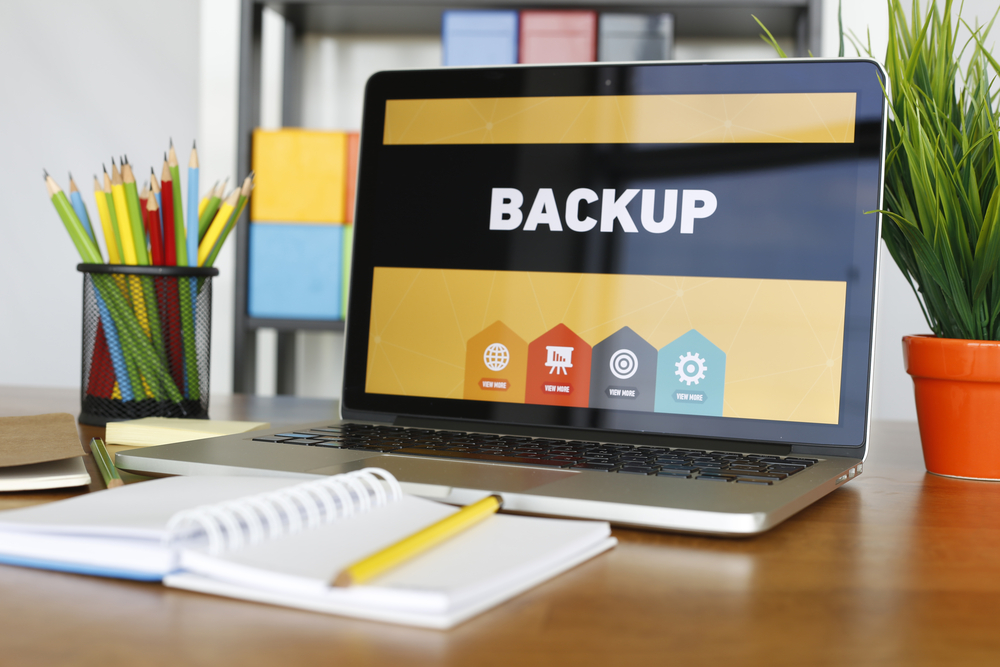How does information remain secure when it’s communicated over the Internet?
In large part, that’s due to something called Secure Sockets Layer, or SSL. SSL is a technology that keeps internet connections secure. It encrypts and protects sensitive information and data as it’s sent between two systems (like your browser and another website or two servers). SSL stops bad people and bots from reading or changing the information being sent between the systems, like credit card information during an e-commerce transaction.
If you have a website or are in charge of web hosting for your business, you need to understand the importance of data privacy and securing internet connections. As you begin your research, you’ll come across the term “SSL port” and that’s what we’re focusing on today.
What is an SSL port?
Data can be communicated between systems (like your web browser and your favorite online shopping website) with or without SSL. But the SSL port number is what indicates whether or not your connection is secure.
How can I tell if my connection to a website is secure?
Look at the URL in the address bar in your browser. You’ll see that the URL starts with one of two things: it’s either HTTP or HTTPS. The HTTPS indicates a secure connection and it uses port number 443. HTTP, an unsecure internet protocol, uses port number 80.

What is a port?
Whenever you open up your computer to visit a website you’re quite literally docking into the Internet, like a boat would dock at a port. Internet ports are numbered differently to indicate what the ports are used for and what they offer. These ports are called “TCP Ports” and that stands for Transmission Control Protocol.
If you’re diving into the world of websites and hosting, it’ll be helpful to know what the most commonly-used ports are and their assignments, or their purpose.
How Are TCP Ports Used?
TCP is pretty reliable. In order for TCP ports to work, there must be an “anchored connection” between Point A, where the data or request originates, and Point B, where the data or request is being sent. The only way that transmission of data will fail with TCP is if the connection between Points A and B is lost, like if you lost your internet connection.
What are the more common TCP Ports?

What’s the relationship between HTTPS and SSL?
To understand how SSL and HTTPS work together, let’s first go back to the unsecure HTTP. HTTP and HTTPS aren’t that different. In fact, the only difference is that when HTTPS creates and maintains a secure internet connection, it’s doing so with SSL.
How do I secure my website with SSL?

You want your site visitors and customers to trust you. You want them to have faith in your site and know that the information they’re sharing with you during a purchase is safe and secure. The way to go from HTTP (a visual marker of an unsecure site) to HTTPS (the visual marker of an SSL-secured site) is to install an SSL certificate on your website server. This certificate verifies your site’s identity so that information can be passed securely from your web server to your visitors’ browsers.
Is SSL a certificate or a protocol?
SSL certificates and HTTPS protocol are two separate things. But together, they make for a mighty secure internet connection.
Think of the HTTPS protocol as the physical structure that allows encrypted information to travel securely from point A to point B.
SSL certificates are what encrypts the information being shared over that HTTPS structure. However, you must keep in mind that the SSL certificate itself isn’t going to do anything for you. It only works once you’ve configured and set it up on your server.
Isn’t SSL outdated?
If you’re researching SSL then you’ve probably come across the term “TLS.” Is it really a new and improved version of SSL? What are we all doing still talking about and using SSL? Don’t worry folks, we’ll explain.
TLS stands for Transport Layer Security, and it’s definitely a newer and better version of SSL. However, the term SSL is so well known that it stuck around even after TLS was introduced. So when you purchase SSL you’re in fact purchasing TLS (it’s like SSL plus).
What are the differences between TLS and SSL?
The original SSL was developed back in the wild & wooly 90s by a company called Netscape (remember them?). TLS isn’t too different, it uses many of the same technologies and protocol, but it’s been updated to withstand the security risks and issues of today’s world. TLS provides stronger encryption, but remember, it’s still referred to as SSL because that’s the more well-known name.
Why does my SSL port matter?
You need to configure your SSL certificate on your web server to get “HTTPS” to show in your website’s URL in the address bar. This indicates that you’re using an SSL port, which means the connection created between your site and someone’s browser is secure.
Read: How To Fix the “HTTPS Not Secure” Message in Chrome
People are growing ever more distrustful of seeing “HTTP” in their browser and for good reason. With the amount of hacks and data theft happening today, people want to know you’re doing what you can to protect their information. Your SSL port indicates there’s a secure, encrypted connection that will keep their data away from malicious prying eyes.
Advantages to using SSL
- Faster web page loading
- HTTPS loads pages faster than HTTP. Who waits around for a webpage to load nowadays when there’s always a competitor around the digital corner whose site might be faster?
- SEO Improvement
- Your site is likely to rank higher in search results if you’re using HTTPS as opposed to HTTP.
- Stop hackers and bad actors in their tracks
- SSL encrypts the data transferred back and forth between two systems. Even if these bad people and bots could somehow see the data being transferred, they won’t know what it says.
- Maintain PCI Compliance
- PCI Compliance stands for Payment Card Industry Compliance. This is required by all credit card companies when making transactions online to further secure and protect against data and identity theft.
- Part of the PCI Compliance guidelines are that your site must use HTTPS, which means your SSL certificate needs to be configured on your site before you can accept payments via credit card for purchases.
- No scary alerts
- If you’re using HTTP then chances are your site visitors are receiving notices telling them your website isn’t secure when they land on it. Frankly, this looks bad. It causes them to lose confidence in your site and odds are good they won’t be back.
Where can I get SSL for my website?
YakoCloud offers a variety of different SSL certificates to suit you and your websites’ needs.
Only need basic SSL protection so your customers see your site is secure and you improve your Google search rankings? We offer that.
Do you have multiple subdomains that need SSL protection? We offer that, too.
And what if you have an e-commerce site and require even more protection for your customers’ data? Yeah, we’ve got you covered.
All of our SSL offerings come with a warranty ranging from $10K – $1,750,000 USD and a visual indicator that your site is secure.
Take a look at our plans and let us know if you have any questions about those, or SSL in general, in the comments.





